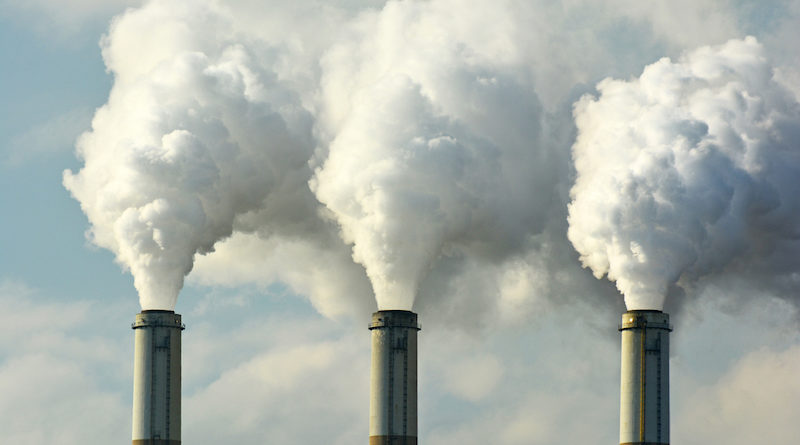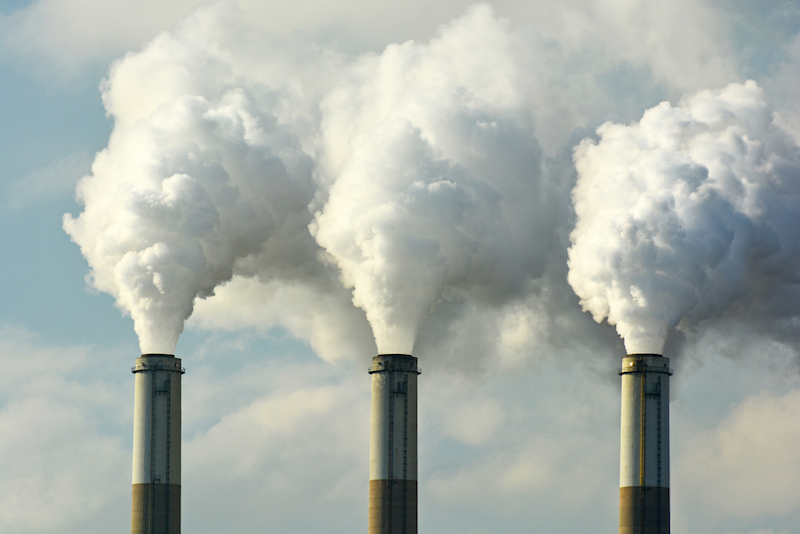The Environmental Protection Agency has announced a new “good neighbor” rule that limits smokestack emissions from factories and other industrial sources that burden nearby neighborhoods with uncontrollable smog-causing pollutants. To enhance the quality of the air for millions of people living in areas downwind, nearly two dozen states will need to reduce dangerous industrial emissions of nitrogen oxide and other pollutants.
According to the EPA, the final rule, which went into effect on Wednesday, will avert millions of asthma attacks, thousands of deaths, and tens of thousands of hospital admissions. It will also cut down on sick days.
“Every neighborhood deserves to breathe clean air. The EPA Administrator, Michael Regan, stated that “we are aware that air pollution does not stop at state lines.
Power plants must comply with the rule by May, “locking in major emission reductions to ensure cleaner air and providing public health safeguards for individuals who have suffered far too long from air-quality related damage and illness,” according to Regan. In 2026, the restrictions on industrial locations go into force.
In addition to rules on wastewater pollution, mercury and air toxics, and rules anticipated on greenhouse gas emissions, the cross-state pollution rule “makes it impossible for utilities to make decisions based on the merits of what keeps the lights on, forcing those utilities to make decisions solely based on the EPA’s agenda,” Bernstein said.
Watch: Environmental: Proposed Changes to Protect American Families& Drinking Water.
According to the EPA, the rule offers power facilities choice in how to comply, including using scrubbers and established carbon trading systems.
Due to competition from cheap and readily available natural gas, falling prices for renewable energy, and environmental laws, the amount of electricity generated from coal in the United States has significantly decreased over the previous 15 years. According to the Energy Information Administration, many facilities have been shut down, and another 23% of the nation’s operating coal-powered fleet is planned to retire by 2029.
More than 123 million people lived in counties that frequently encountered dangerous ozone levels, according to a 2021 report by the lung association. By bringing on more hot, bright days that are ideal for raising ozone levels, climate change will probably make the issue worse.


